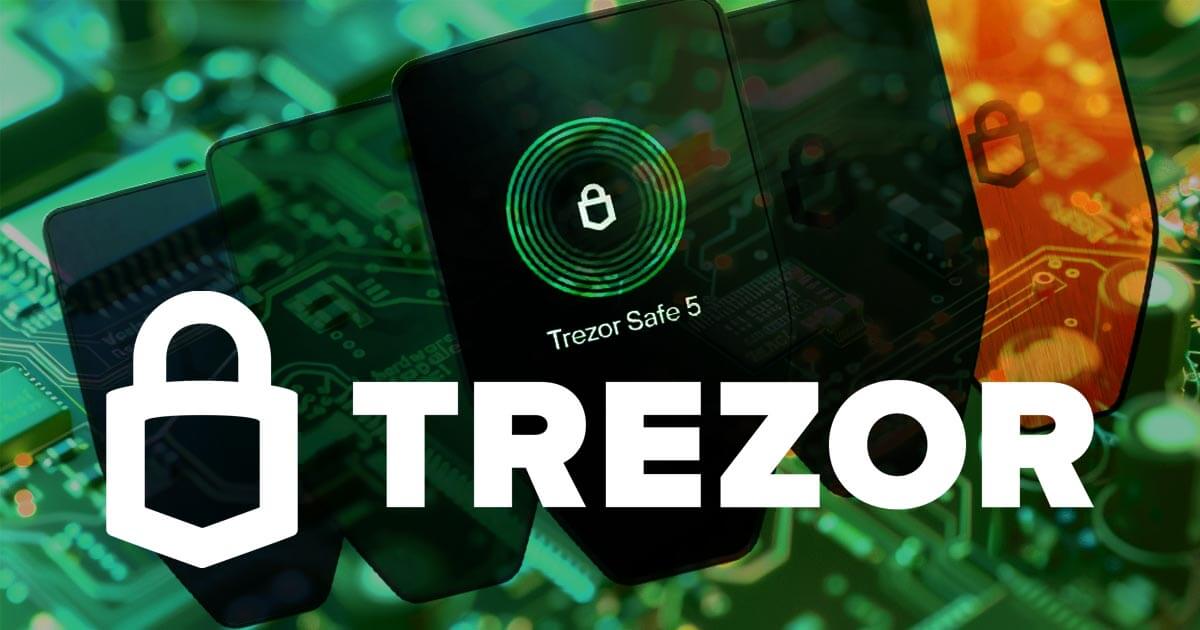Trezor.io Start: Your Complete Guide to Secure Crypto Storage
Learn how to set up, secure, and manage your cryptocurrency with Trezor hardware wallets. Step-by-step guidance for beginners and intermediate users alike.

What is Trezor and Why It Matters
Trezor is one of the most trusted hardware wallets for cryptocurrency storage. Unlike online wallets, Trezor keeps your private keys offline, making it nearly impossible for hackers to access your crypto. Whether you hold Bitcoin, Ethereum, or smaller altcoins, Trezor provides a secure, user-friendly experience.
Security in crypto isn’t just about passwords; it’s about control. With Trezor, you control your private keys and seed phrases, ensuring your assets remain yours alone.
Why Hardware Wallets Beat Software Wallets
- Offline storage protects against hacking and malware.
- Recovery options through seed phrases reduce risk of loss.
- Supports multiple cryptocurrencies and tokens securely.
- Compact and portable for easy, private management.
Getting Started with Trezor.io
Starting with Trezor is straightforward. Follow these steps:
Step 1: Purchase and Unbox Your Trezor
Ensure you buy your Trezor from the official site or authorized resellers to avoid tampered devices.
Step 2: Connect Your Device
Plug your Trezor into your computer using the provided USB cable and visit Trezor.io/start for official instructions.
Step 3: Initialize and Set Up PIN
Create a secure PIN. This is the first layer of protection against unauthorized access.
Step 4: Backup Your Recovery Seed
Write down the 24-word recovery seed on the provided card. Never store it digitally. This ensures you can recover your funds if your device is lost or damaged.
Step 5: Install Trezor Suite
Trezor Suite allows you to manage multiple cryptocurrencies, check balances, and send transactions securely. It's a full-featured dashboard for your crypto assets.
Understanding Crypto Security: Best Practices
Using Trezor is a strong step toward secure storage, but you should follow additional security measures:
- Keep your recovery seed offline and in a safe place.
- Enable passphrase protection for an extra layer of security.
- Regularly update your Trezor firmware to patch vulnerabilities.
- Never share your PIN, seed, or private keys with anyone.
Remember, in the crypto world, your security practices directly protect your financial freedom.
Trezor vs Other Wallets: A Quick Comparison
| Feature | Trezor | Software Wallets | Other Hardware |
|---|---|---|---|
| Private Key Storage | Offline | Online/Device | Offline |
| Multi-Currency Support | Yes | Limited | Yes |
| Ease of Use | High | Medium | High |
| Security | Top-tier | Vulnerable | Top-tier |
Frequently Asked Questions (FAQs)
A: Yes, with your 24-word recovery seed, you can recover your funds on another Trezor or compatible wallet.
A: Absolutely. Since the private keys never leave the device, online attacks cannot reach your crypto.
A: Yes, Trezor supports Ethereum and ERC-20 tokens, as well as Bitcoin and many other cryptocurrencies.
Final Thoughts on Trezor.io Start
Starting with Trezor.io is your gateway to secure, self-custodied crypto ownership. By following the steps outlined above, maintaining proper security practices, and leveraging Trezor Suite, you gain unparalleled control over your digital assets.
Remember, the crypto world rewards preparation, knowledge, and security diligence. Trezor is not just a device—it’s your personal safeguard in the dynamic landscape of cryptocurrency.
Take charge of your crypto journey today with Trezor.io/start and experience the ultimate combination of security and simplicity.